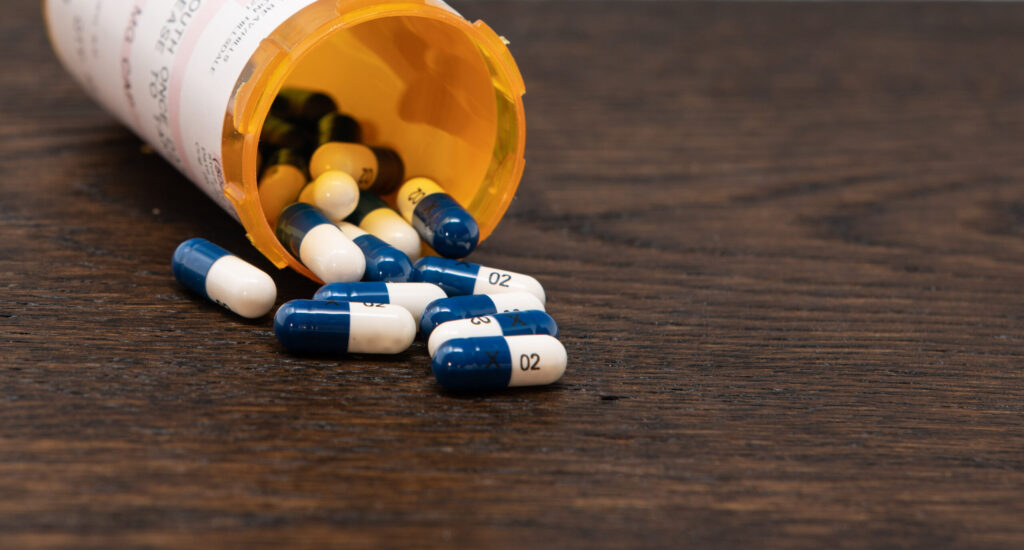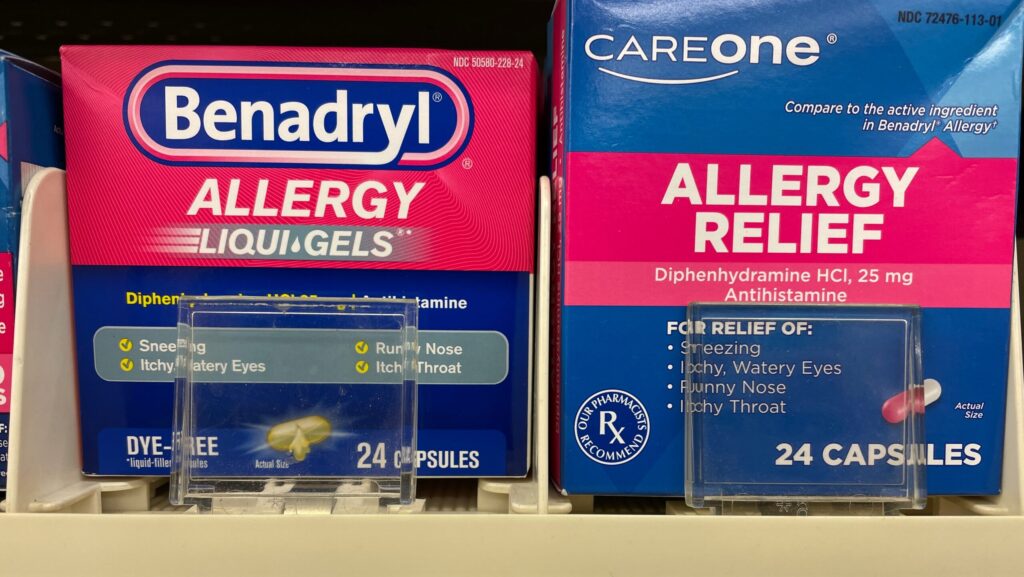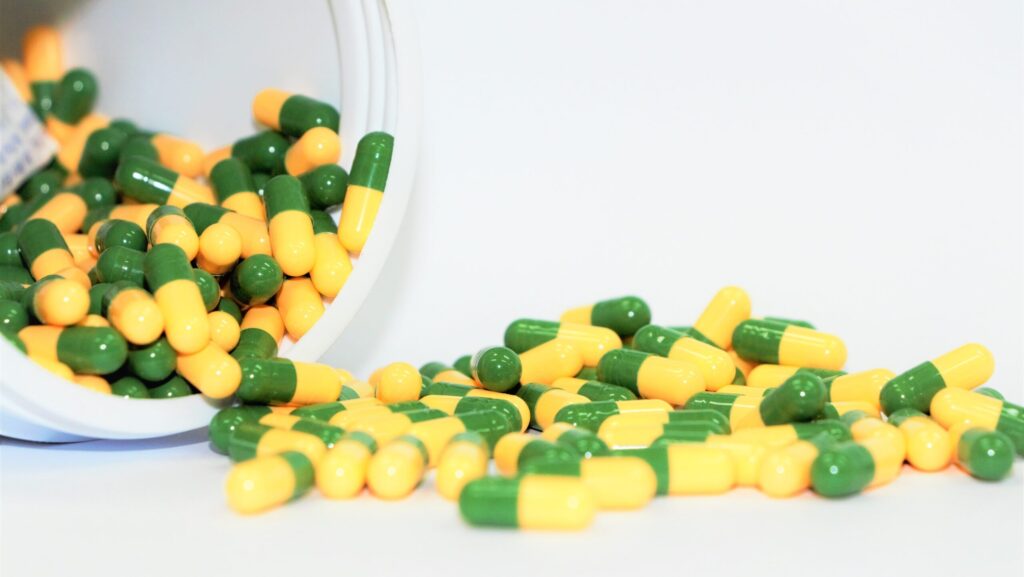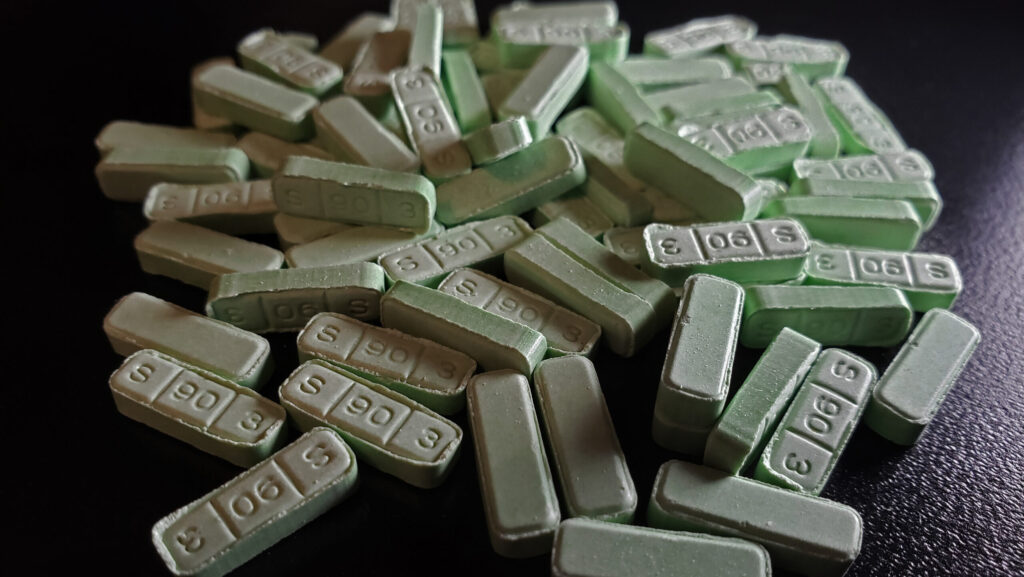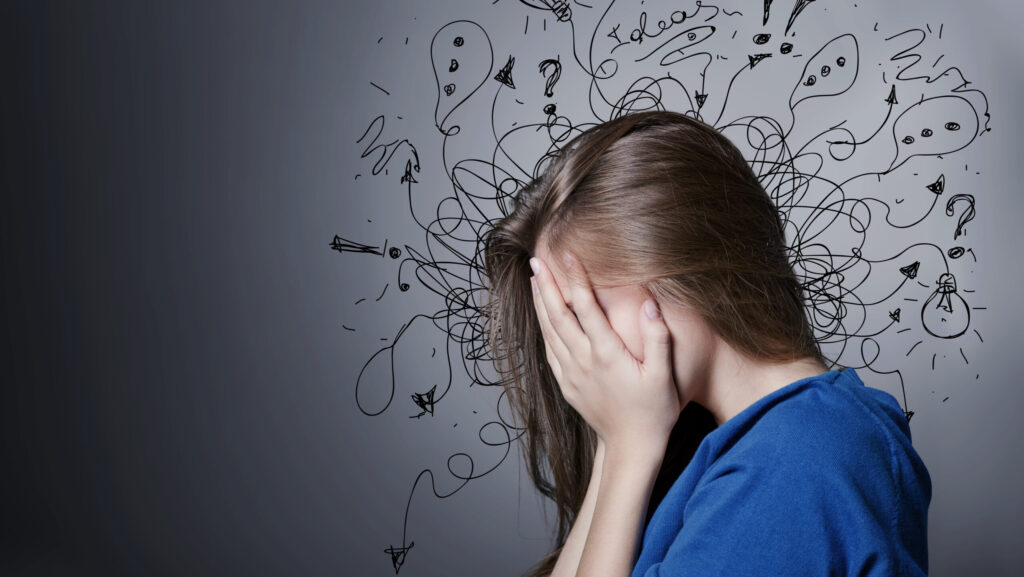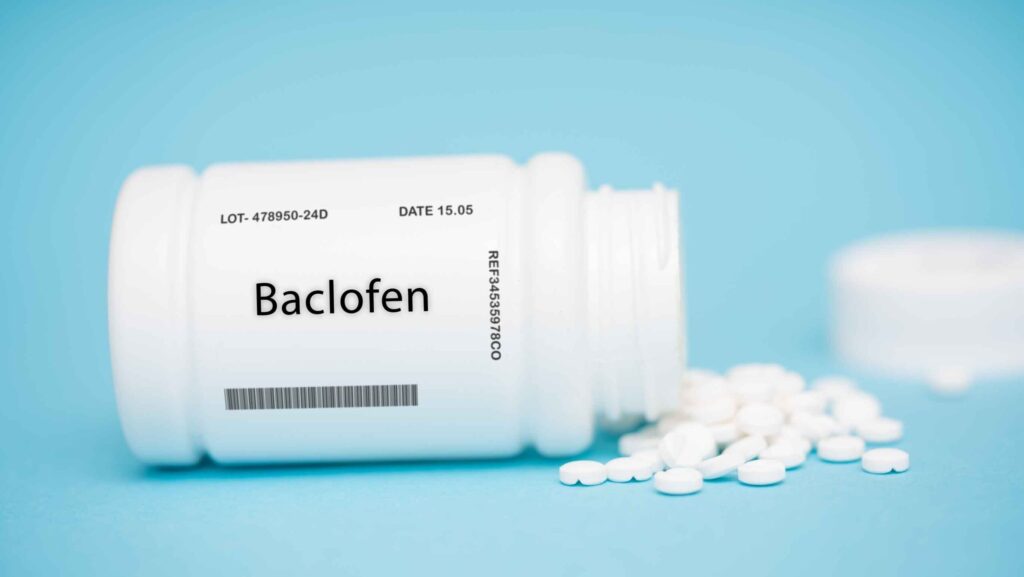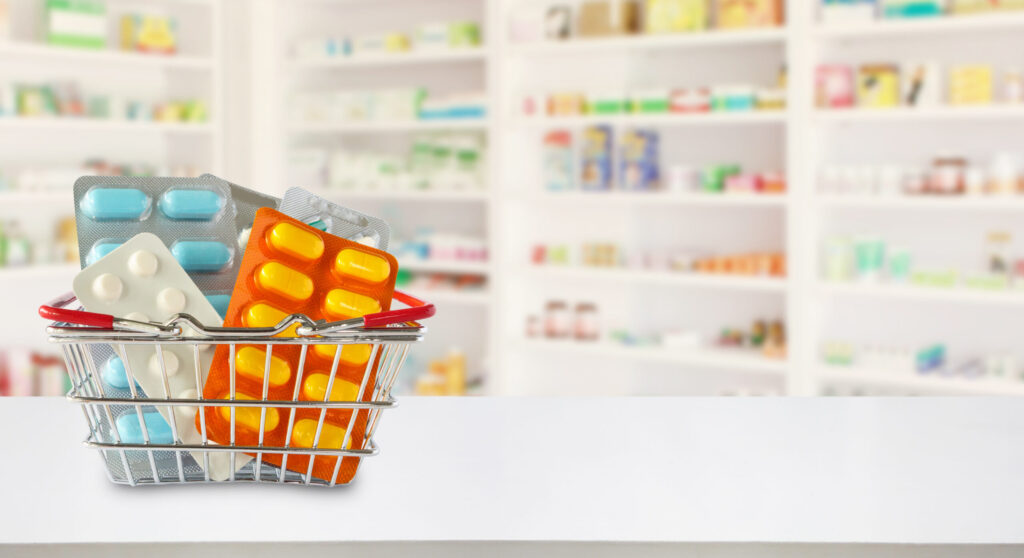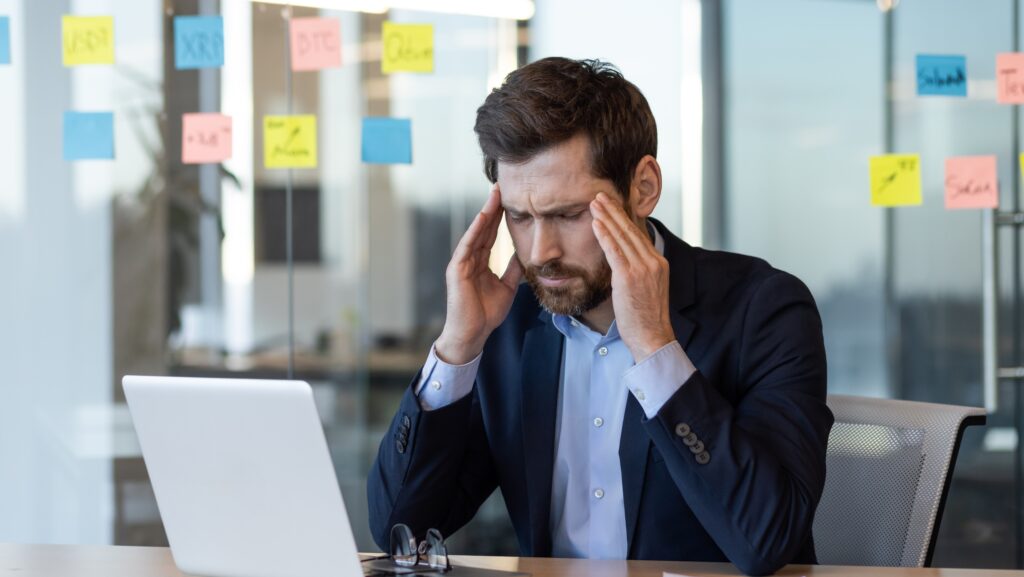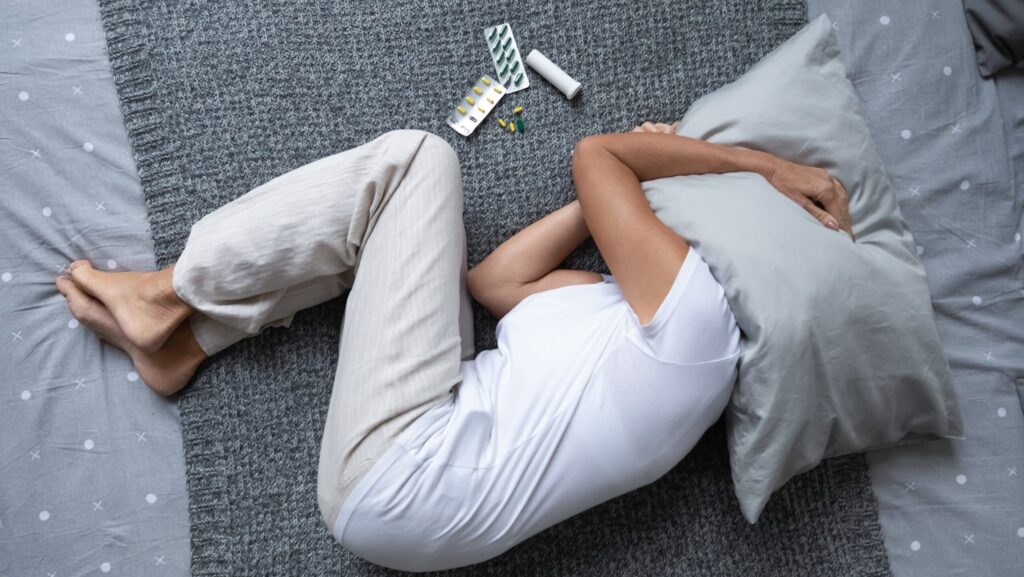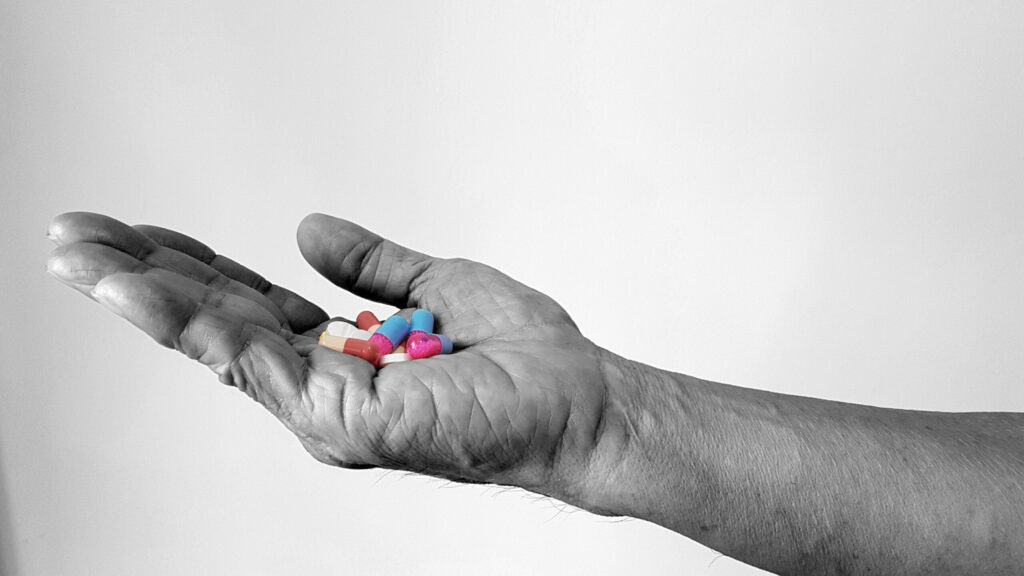Cymbalta Ruined My Life
Cymbalta is a commonly prescribed medication for treating conditions such as major depressive disorder, generalized anxiety disorder, diabetic neuropathy, chronic musculoskeletal pain and fibromyalgia. In 2004, the FDA approved the drug to treat such conditions and other types of nerve pain. It falls under the drug classification of a serotonin norepinephrine reuptake inhibitor (SNRI). Antidepressant drugs such as Cymbalta are commonly prescribed in the US. Despite its effectiveness when used per the recommendation of a health care provider, misuse and abuse of the drug can occur, leading to the development of an addiction. In fact, some users believe the medication had a negative impact on their condition and claimed “Cymbalta ruined my life.”
Cymbalta Ruined My Life Read More »

